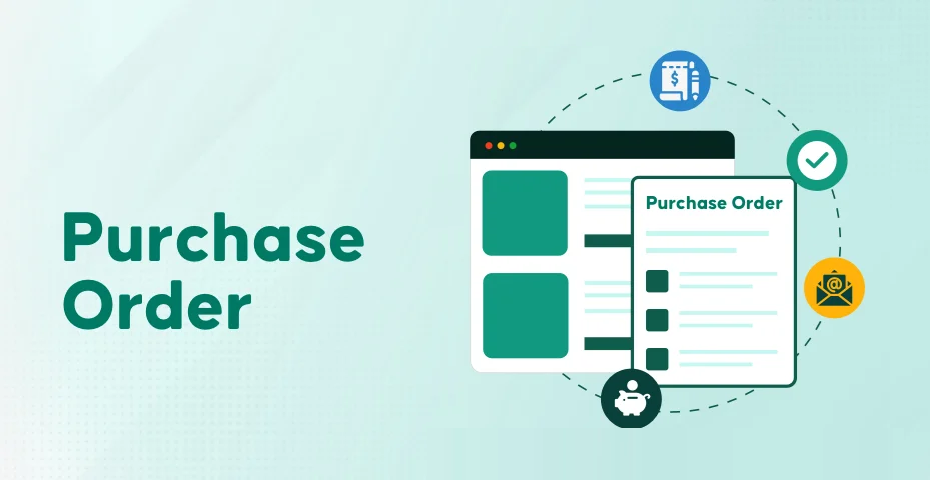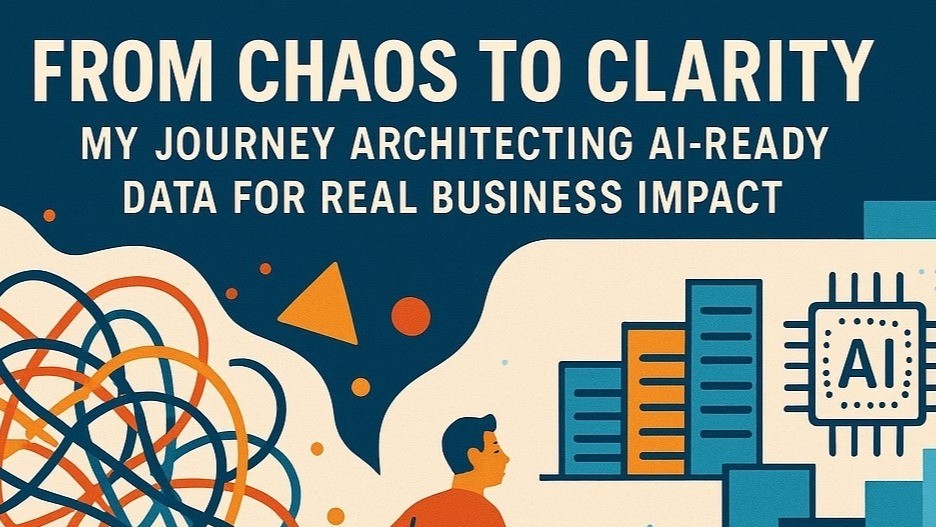
SEO vs Paid Ads for SaaS & Fintech: Why 90% of Companies Are Flying Blind in 2025
Your CMO just presented two proposals: £30,000 monthly for Google Ads promising 500 leads, or £30,000 for SEO promising top rankings in 6 months. The board wants ROI projections. The CMO shows impressive graphs. Everyone nods. Six months later, marketing spend is up 50%, revenue is flat, and nobody knows why.
Welcome to the marketing attribution crisis killing SaaS and Fintech growth.
The Attribution Black Hole
Here’s what’s really happening in your marketing:
- Prospect sees LinkedIn post (not tracked)
- Searches your brand on Google (attributed to organic)
- Clicks retargeting ad (attributed to paid)
- Reads three blog posts (attributed to direct)
- Clicks Google Ad for competitor comparison (attributed to PPC)
- Signs up via email link (attributed to email)
- Becomes customer after sales call (attributed to sales)
Seven touchpoints. Seven different attributions. Zero understanding of what actually drove the sale.
The Real Cost of Disconnected Marketing Data
Let’s quantify the chaos:
- Wasted Spend: 40% of marketing budget on channels that don’t convert
- Missed Opportunities: High-ROI channels underinvested by 60%
- False Positives: Campaigns that look successful but aren’t
- Decision Delays: Months to identify what’s working
- Channel Conflict: Teams fighting over attribution credit
For a typical SaaS spending £100,000 monthly on marketing, that’s £480,000 annually wasted on wrong decisions.
The Integration Solution
Here’s the breakthrough: We create solutions where you enter information once and it flows everywhere it needs to go. Connect your marketing platforms, CRM, payment processing, and analytics so they actually communicate and share relevant data automatically.
When everything connects:
- First-touch attribution: Which channel introduced the prospect
- Multi-touch attribution: Every interaction tracked and weighted
- Revenue attribution: Actual customer value, not just leads
- Cohort analysis: Long-term value by acquisition channel
- Real ROI: Marketing spend to actual revenue, not vanity metrics
Ready to let AI protect your procurement?
Contact Systematics Software Ltd today to explore how AI-powered solutions can revolutionise your operations and prepare you for the future of technology.
Nam aliquet ante porta, gravida elit, at fringilla felis suscipit.
SEO in 2025: The Compound Growth Engine
What’s Changed:
- AI-generated content flooded the internet
- Google’s E-E-A-T requirements stricter than ever
- Financial keywords require proven expertise
- Zero-click searches up to 65%
- Voice search changing query patterns
What Works for SaaS/Fintech:
- Authoritative content: Real expertise, not AI fluff
- Problem-solving tools: Calculators, analyzers, free utilities
- Integration content: “How X connects with Y” guides
- Compliance resources: Regulatory guides, updates, frameworks
- Customer success stories: Real implementations, real results
ROI Timeline:
- Month 1-3: Foundation building, minimal return
- Month 4-6: Traffic growth, lead quality improving
- Month 7-12: Compound effect, steady lead flow
- Year 2+: Dominant positions, 70% of leads at 10% of paid cost
Real SEO Success Metrics (With Proper Attribution):
- Customer Acquisition Cost: £200-500
- Lifetime Value to CAC Ratio: 5:1 to 10:1
- Close Rate: 15-30%
- Revenue Attribution: 40-60% of total
Paid Ads in 2025: The Testing Ground
What’s Changed:
- iOS privacy changes destroyed Facebook targeting
- Cookie deprecation limiting retargeting
- CPCs increased 70% year-on-year
- Ad fatigue at unprecedented levels
- Competitor bidding wars in Fintech keywords
What Still Works:
- Intent-based search ads: Bottom-funnel keywords only
- LinkedIn for B2B: Expensive but targeted
- Retargeting warm traffic: Website visitors, email lists
- YouTube for demos: Long-form product education
- Podcast advertising: Underutilised in B2B Fintech
ROI Reality:
- Customer Acquisition Cost: £1,000-3,000
- Lifetime Value to CAC Ratio: 2:1 to 3:1
- Close Rate: 2-5%
- Revenue Attribution: 20-30% of total
The Integrated Marketing Stack for 2025
Data Collection Layer:
- Google Analytics 4 with server-side tracking
- CRM tracking (HubSpot/Salesforce)
- Payment data (Stripe/PayPal)
- Customer data platform (Segment/Rudderstack)
- Call tracking (CallRail/ResponseTap)
Attribution Tools:
- Multi-touch attribution (Dreamdata/Attribution)
- Revenue intelligence (Gong/Chorus)
- Marketing mix modelling
- Cohort analysis tools
- Custom data warehouse (BigQuery/Snowflake)
Connection Requirements:
- Marketing ↔ CRM: Real-time lead flow
- CRM ↔ Payments: Revenue tracking
- Support ↔ Attribution: Customer journey
- Product ↔ Marketing: Usage data
- Finance ↔ Marketing: True ROI
The 60/25/15 Rule for 2025
Based on integrated attribution data from successful SaaS/Fintech companies:
60% SEO & Content:
- Blog content: 20%
- Tool development: 15%
- Technical SEO: 10%
- Link building: 10%
- Video/podcast: 5%
25% Paid Advertising:
- Google Ads: 10%
- LinkedIn: 8%
- Retargeting: 5%
- Testing budget: 2%
15% Integration & Attribution:
- Data infrastructure: 7%
- Attribution tools: 5%
- Analytics resources: 3%
Ready to deploy AI protection across your procurement?
Contact Systematics Software Ltd today to explore how AI-powered solutions can revolutionise your operations and prepare you for the future of technology.
Nam aliquet ante porta, gravida elit, at fringilla felis suscipit.
Real-World Success Stories
Fintech Startup (£5M ARR): Shifted from 70% paid to 70% SEO after implementing attribution. Result: CAC dropped from £2,000 to £400, growth increased 3x.
SaaS Platform (£20M ARR): Integrated all marketing data with revenue tracking. Discovery: Blog posts about integration guides drove 45% of enterprise deals. Doubled content investment.
Payment Processor: Connected marketing to actual transaction data. Found LinkedIn organic delivered 10x ROI of LinkedIn ads. Shifted budget accordingly.
The Decision Framework
Invest in SEO when:
- You have 12+ month runway
- Complex, educational sale
- High lifetime values
- Competitive paid landscape
- Building long-term moat
Invest in Paid when:
- Need leads this month
- Testing new messages
- Retargeting warm audiences
- Launching new products
- Event/time-sensitive campaigns
Always invest in integration because:
- You can’t optimise what you can’t measure
- Real attribution transforms decisions
- Data compounds like interest
- Competition is flying blind too
Common Mistakes to Avoid
- Measuring leads, not revenue: 1,000 leads mean nothing if they don’t convert
- Last-click attribution: Ignores the entire customer journey
- Channel silos: SEO team vs Paid team vs Sales team
- Short-term thinking: Killing SEO because it takes time
- Vanity metrics: Traffic, impressions, clicks without context
The 2025 Competitive Reality
Your competitors are either:
- Wasting money on the wrong channels (opportunity for you)
- Building integrated attribution (threat to you)
- Dominating SEO already (catch-up required)
The window for cheap customer acquisition is closing. CACs will only increase. The companies with integrated attribution will win because they’ll know exactly where to invest.
The Bottom Line
Stop asking “SEO or Paid?” Start asking “What’s actually driving revenue?”
Build the integration infrastructure to answer that question, then invest accordingly. In 2025, marketing success isn’t about choosing the right channel. It’s about knowing which channel is right.




